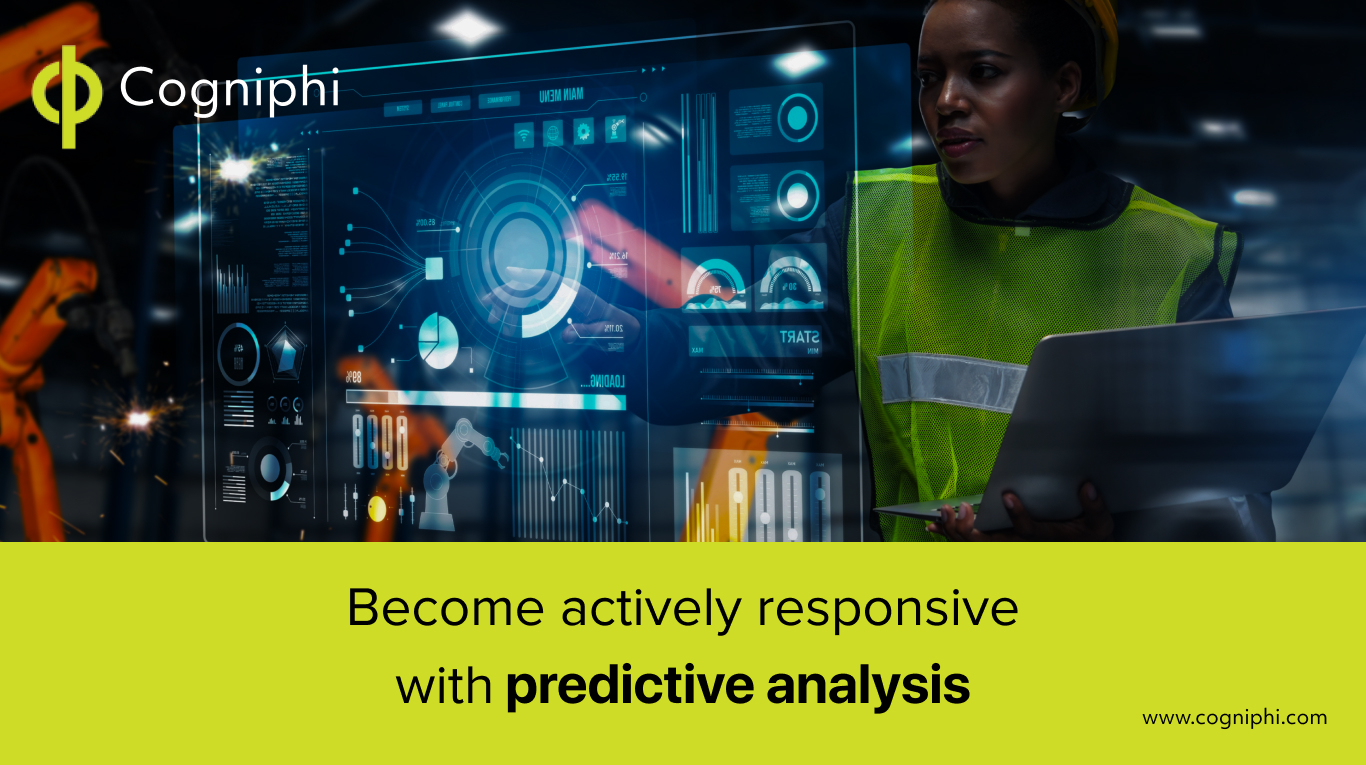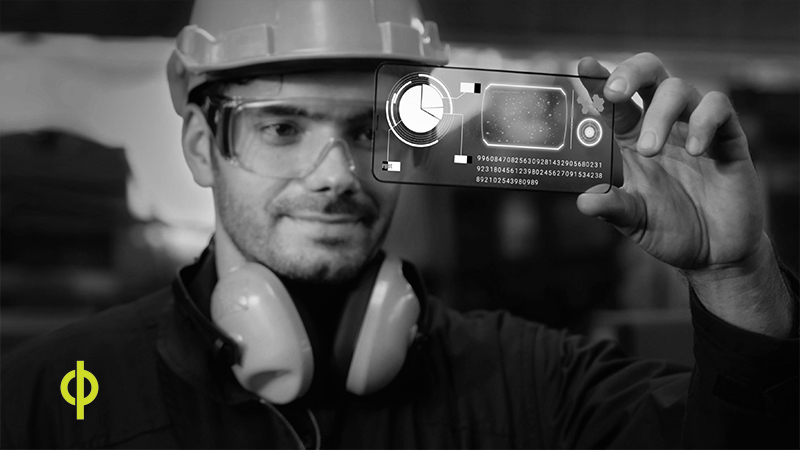Our world today is in the midst of its fifth industrial revolution. It is an era that is pushing the boundaries of science and technology to harness its best possible potential for the benefit of mankind. To have a deeper understanding of what Industry 5.0 is all about and how it is transforming our lives today, we need to delve into what constituted its predecessor – Industry 4.0. The fourth industrial revolution was all about introducing the basics of automation to the world and applying it heavily in the manufacturing space. 4.0 essentially brought together robots and other interconnected devices to execute repetitive and routine tasks that are best done by machines. Industry 4.0, like most other industrial revolutions, was a giant leap for human innovation, but it also brought to the fore, fears about machines replacing humans and this gave rise to a lot of negative sentiments that led to robots and technology being cast as the enemy. Industry 5.0 is dispelling all such notions and showing us how man and robot are not rivals and in fact can work together as partners.
Industry 5.0 takes the founding pillars of 4.0 – automation and efficiency – and adds a human touch to it via artificial intelligence and smart machines. And if Industry 4.0 was all about by automation, then Industry 5.0 will be about a sort of synergy and harmony between humans and machines. Industry 5.0 is constantly demonstrating to us that pairing humans and machines to further utilize human brain power and creativity is the way to go in the future. Take for example Cobots or collaborative robots that are specially designed to share space with humans. They are one of the best examples of Industry 5.0 because they are designed to integrate with humans; a good example of this would be surgery cobots or co-pilot cobots that assist humans to perform highly specialized tasks during surgery and flying respectively.
Another fascinating and remarkable leap made by Industry 5.0 is vision intelligence. At its core, vision intelligence is a subset of artificial intelligence that works towards making computers and machines visually enabled – it very literally is the process of giving machines the very human ability to see. Through vision intelligence, machines can be given the ability to see and process visuals the same way humans do. Computers don’t subjectively react to visuals the way humans do and hence lack decision making capabilities. However, through programming a photo recognition software or cobots and robots, machines can be taught to mimic human qualities and thus enable us to live enhanced lives.
Vision Intelligence and the Smart Factory
A pertinent example of vision intelligence’s uses would be its applications on a factory floor. Manufacturers today have the ability to run smart factory floors with the vast applications of vision intelligence technology. CCTV cameras can be programmed to do much more than just capture moving grainy images, instead, they can be programmed to perform cognitive functions, for e.g., segregating damaged goods from good food produce. Picture hundreds of ears of corn moving on a conveyor belt as workers sort the good ones from the bad as fast as humanly possible. Now imagine a vision-enabled machine aiding human workers to spot the poor-quality corn ears through their AI enabled vision technology. Aiding in quality checks of corn produce is just one of the myriad examples of vision intelligence applications in factories.
CCTV infrastructures can be further adapted to build intelligence into factory designs. A surveillance system at a chemical factory for example can be taught to gauge distance between a worker and a vat of dangerous chemicals, thereby sounding a real-time warning alarm and reducing the risk of industrial accidents. Similarly, vision AI tech can be useful at construction sites where each and every process can be monitored real time and chances of mishaps are thereby reduced.
The human decision-making process is steeped in context and analysis. Our brains interpret visuals, contextualize the situation and make a prediction or decision based on a number of variables. Up until now, machines only had the capacity to perform repetitive pre-programmed tasks because they lacked the ability to see and process visuals. However, with vision intelligence, machines can now observe human patterns and make predictive decisions by learning from the big data they collect, thereby becoming almost-apprentices to workers in factories.
In a factory setup, vision intelligence is thus a game-changing development that can be used to streamline complex processes and aid human beings to perform better.




